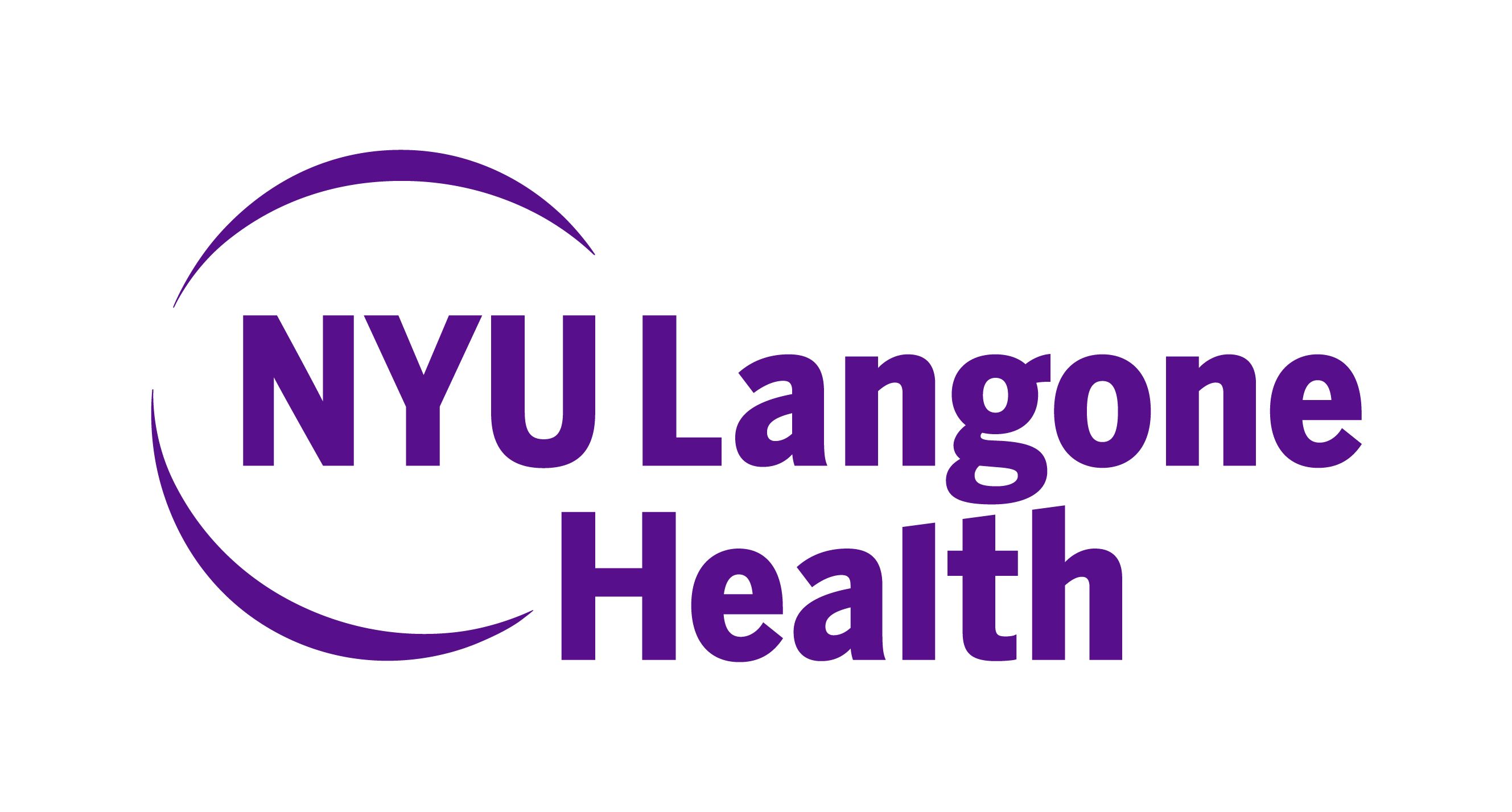
Ensuring Patient Comfort With Treatment Regimens for Pediatric Migraine

The pediatric headache specialist at NYU Langone discussed adjusting management approaches to pediatric headache and the current state of research within the space.
This is a 2-part interview. To view part 1,
The introductory steps toward precision medicine taken over the past decade have opened the door for clinicians to curate even more optimized treatment regimens for their patients. And with an influx of new treatment modalities in recent years, clinicians and specialists in migraine care are still adjusting to their growing toolbox.
For Valentina Popova, MD, a pediatric headache specialist at
In part 2 of this interview, Popova discussed why increasing research efforts for pediatric migraine are among the greatest unmet need for this patient population, and thus will lead to improved treatment optimization. She also touched on the stigmas associated with the disease and why they are even more prevalent in the pediatric setting.
NeurologyLive: What is the current level of physician and patient comfort with optimized treatment regimens?
Valentina Popova, MD: I don’t know that it will ever be at 100% because everyone’s interpretation of migraine is different. The amount that it affects their daily life is different. The level of treatment that people are comfortable with is different. I think the treatment plan has to be individualized all the time. We always have data to show patients what works, but you always have to tell them about the side effects and what time they can take their medication. For example, some women want to try to have children, but some medications are not safe. You always have to make it fit for the patient. It has to be a plan that the patient is comfortable with.
I never want to give a patient a plan that they don’t want to do. It has to be something that we all agree on and were on board with. That is always going to be an evolving process. There’s already a lot of new options that are available which gives us more tools in our kit, which is wonderful. But it’s always going to be about presenting those options to the patient carefully, outlining the pros and cons and then going through what the next steps are.
In your opinion, what is the greatest unmet need in the pediatric migraine space?
For me with pediatrics, there are a lot of trials going on for new medicine to treat migraines in kids, but I still think that’s an unmet need. It’s hopefully going to be met soon because there are these trials. Hopefully we’ll have more data and ability to use more medications on kids. I would say that’s the biggest need for now.
How would you describe the current state of research for pediatric migraine?
The biggest point of research right now is getting new medications approved and being able to use them in children. Whether that be the anti-CGRPs monoclonal antibodies, both the abortive and prevention options. It will be great to get to a point where we feel more comfortable using them because I surely have patients that need more options to treat their migraine. The other biggest takeaway is to do no harm or start with prevention or treatment mechanisms that have the least amount of side effects. That’s the biggest thing we want to accomplish in this vulnerable population.
There are things that we can also address that are more alternative, including cognitive behavioral therapy, biofeedback, and even acupuncture. In terms of those options, it’s all about making them more affordable and accessible. These routes can provide benefit and are extremely helpful because of the limited side effects, but from what I’ve observed they are difficult to access.
What effect do migraine stigmas have on this population and where do they need to be addressed most?
Schools are definitely a good place to start. A lot of times that’s where the stigma comes from. People will say that they will try to get out of schoolwork or don’t want to do schoolwork or that it’s [migraine] not a real thing. It’s important to get the physicians involved with schools and outline what the diagnosis is, what it entails, and come up with a plan where the child can be helped but not exempt from school.
They need school, the education, and the socialization parts of it, but with a plan that helps deal with their migraines in the best way possible. For example, sometimes we try to get kids with migraine who have classes very early to start school a little bit later. We do that so that they don’t start to get a headache and then have it throw off the rest of their day. I saw a patient whose first class was physics, which can be a hard and stressful class. His mom noticed that he would get headaches right away during the day. I offered to talk to the school to try to get a class for him that was not as stressful or important for his future.
We tried to adjust that with the school so that they get less headaches because of it, and as well as have a conversation about the real diagnosis, the ramifications of it, and how we can best help the child succeed within those parameters.
Transcript edited for clarity.
Newsletter
Keep your finger on the pulse of neurology—subscribe to NeurologyLive for expert interviews, new data, and breakthrough treatment updates.

























